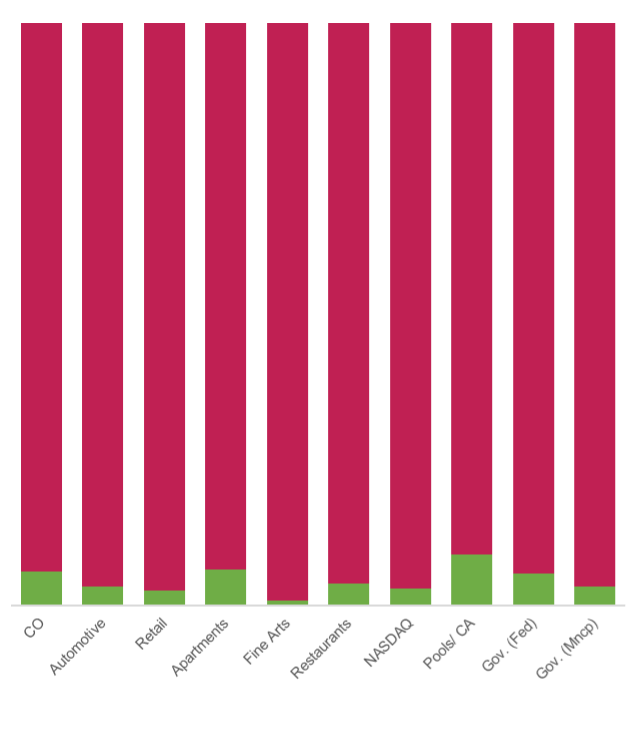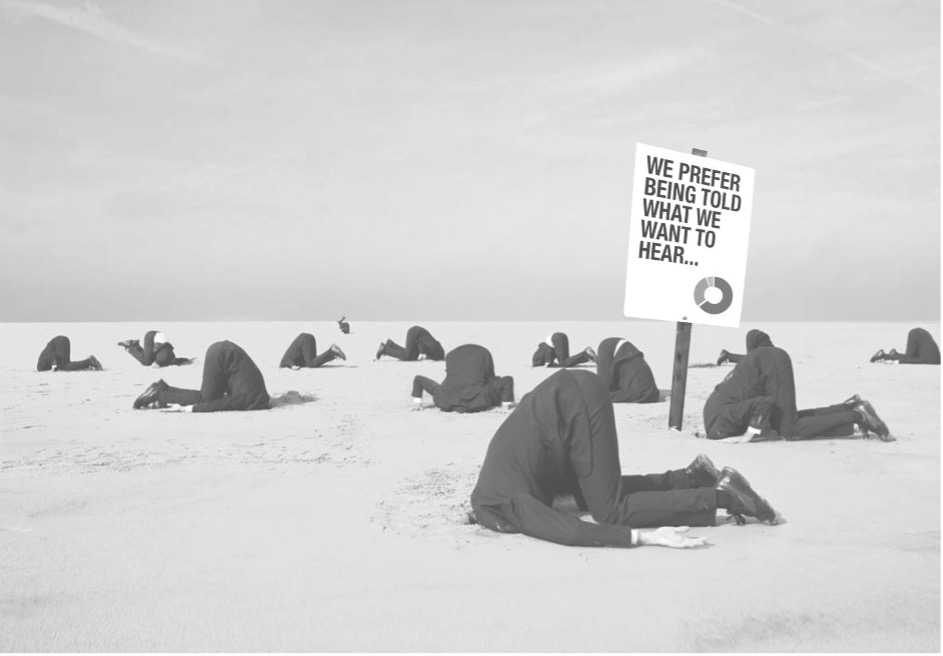04 Apr 2023 | General

Lack of executive ownership of the process of improving your website is at the heart of the problem
There is a societal need to be inclusive, and a legal requirement not to discriminate. Over the last five years, compliance spend and litigation have continued to rise, but with no discernible improvement in website accessibility compliance.
AAAtraq’s latest audit across multiple sectors shows that 94% of websites continue to discriminate and fail to comply with regulations such as the Americans with Disabilities Act (ADA) and the Equality Act 2010 in the UK. This static outcome suggests that Risk Managers / Officers, Chief Financial Officers and General Counsels are not aware of the level of risk of litigation, or of the effectiveness of current compliance initiatives. This indicates either that compliance work is not being done, OR those doing the work are inaccurately reporting the compliance position. The latter may be the consequence of a lack of knowledge, human bias, or commercial factors.
Average 94% failure across sectors – the majority of websites fail on the basics

The AAAtraq sector audit is one of many that report similar findings. The WebAIM 2022 report on the accessibility of 1,000,000 home pages reported that 96.8% of home pages displayed WCAG 2 failures. This improved very slightly from 97.4% in February 2021 and 97.8% in 2019.
The lack of executive ownership at the heart of the problem
Executive ownership refers to the commitment of senior leaders within an organization to prioritize website accessibility and oversee continuous improvement.
Too often, compliance is considered to be purely a problem for web or IT teams, and the lack of ownership and oversight at executive level means that there is a lack of accountability – as a consequence, the compliance position shows no improvement.
Web, IT Teams and vendors (perhaps with a position to protect) are left to report the compliance status, with no independent verification. Not surprising then that there can be a mismatch between what is reported and the reality.

Being online can no longer be regarded as a purely a web, technical or operational issue. It is a risk issue that sits squarely within the oversight responsibility of the executive board, and until they take ownership, the situation is unlikely to improve.
Executive ownership ensures that website accessibility is a priority throughout the organization, and there are clear expectations for meeting accessibility standards. Without clear accountability, accessibility initiatives may not be given the necessary attention or follow-through to achieve success, and expenditure and resources will continue to be wasted.

